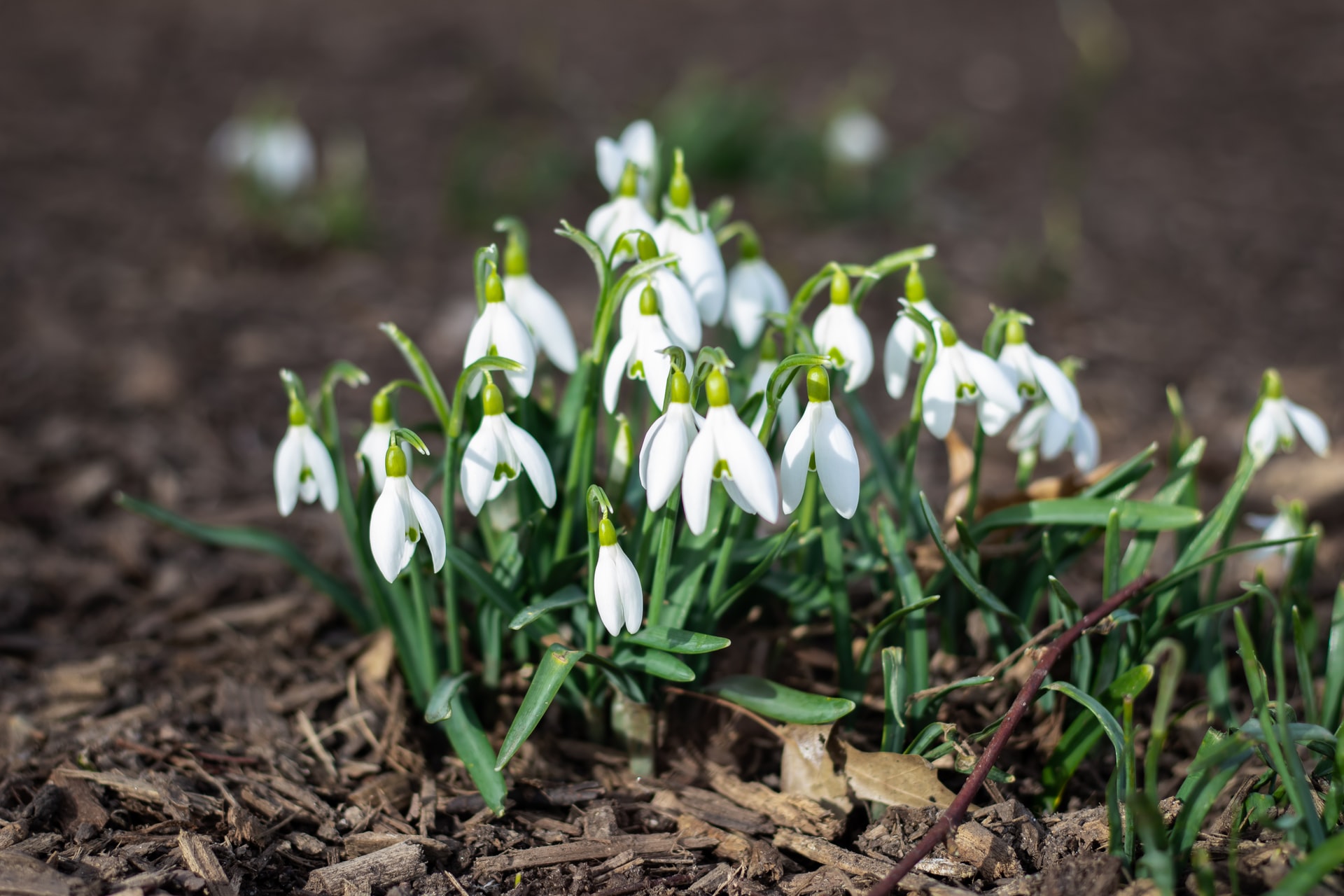Do you have a wildlife friendly garden but you’re not sure what to do with it now the winter is nearly here? It’s easy to assume that plants and flowers have no place in winter, and before long our gardens can often become bare and neglected. But there are many plants that do well in winter, they can add a splash of colour in the darkest months and at the same time support the local wildlife.
While we remain cozy in our heated homes, birds and other wildlife have no choice but to embrace the elements. To help them get through the winter months birds need to eat a lot of rich, high fat food; if plants are dying up then that makes it a lot more difficult. The same can be said for bees, who have been attributed to such importance globally that many people have taken interest in supporting them in recent years. You can still do that in the winter months!
Nectar and pollen tends to be in short supply during this time, but they are still essential for many insects.
We caught up with Simon Pollard, wildlife friendly garden designer who shared with us his list of easy winter plants that will support birds, bees and other wildlife in your garden.
Winter honeysuckle
A very fragrant, bushy climbing plant, winter honeysuckle has been described as a “hotel for wildlife” by some. It’s nectar rich flowers cater to an array of wildlife. It’s creamy white flowers and almost leafless branches are popular for bees active in the winter. Sometimes winter honeysuckle produces dull berries in the colder months too which are an attraction for wildlife.
Ivy
Ivy can be planted all year and blooms around late autumn, it’s a very hardy plant and easy to grow. More than 140 species of insect and 17 species of bird feed on ivy, and many more appreciate the shelter and protection it provides.
Crocuses
These winter plants are economical, come in a wide range of colours and are easy to grow. They’re loved by bees and insects when they open up on sunny days. These low-maintenance plants can take hold and last for many years in sunny spots.
Snowdrops
A charming plant synonymous with winter. Their subtle white/green petals are loved by pollinating insects and spread generously in lightly-shaded areas during January-February.
Winter Clematis
These climbers are great for growing up fences and pergolas. They’re hardy in the winter months, producing a lovely lemony fragrance. They’re also popular with bees.
Snowdrops
Although many plants are dormant during winter, Which hazel will provide much-needed colour, scent and structure. Clusters of blooms composed of narrow, curiously twisted petals release a sweet scent in January and February, along with yellow and orange autumn foliage.
Mahonia
The mahonia 'Charity' plant is both is hardy and very colourful. Flowering over many weeks during the late autumn to early winter, and some varieties even later, these plants are easy to grow almost anywhere and are loved by bees who are attracted by their rich nectar supplies.
Holly
Besides the traditions that have firmly placed the likes of holly at the center of Christmas celebrations, it is indeed a plant that strives in winter. Holly bushes produce red berries in winter that birds and other wildlife love. As we all know holly also has spiky leaves which serve as protection for wildlife making their roost among the branches.
To discover more ways to help wildlife at this time of year, have a read of our Wildlife: helping through winter.
